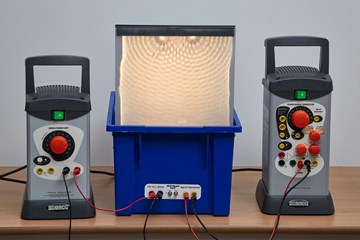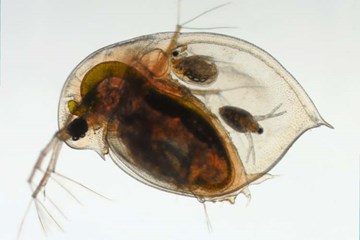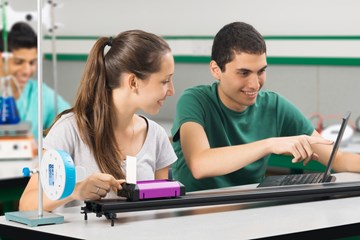Investigating Photosynthesis
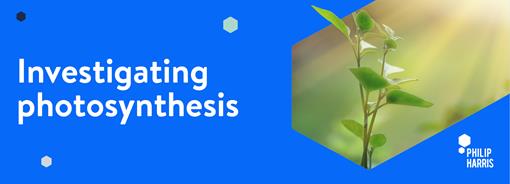
Photosynthesis is essential to life as we know it. Plant based products including food, timber and rubber depend on it to survive. Humans, animals and other living creatures need the oxygen it produces. So it is no wonder that it is a required practical for Biology at GCSE level. Let's investigate photosynthesis using a data logger such as SensorDisc™.
What is photosynthesis
Photosynthesis is the process of converting sunlight, water and Carbon Dioxide into Oxygen and energy in the form of sugars.
The process is carried out by plants and other organisms such as algae and some kinds of bacteria.
It occurs in the leaves of plants and needs light energy and the green pigment in the leaves known as chlorophyll. Chlorophyll helps to convert the Carbon Dioxide and water into Oxygen and Glucose (a form of sugar).
The production of Oxygen is what makes photosynthesis important, as almost all living things need Oxygen to survive.
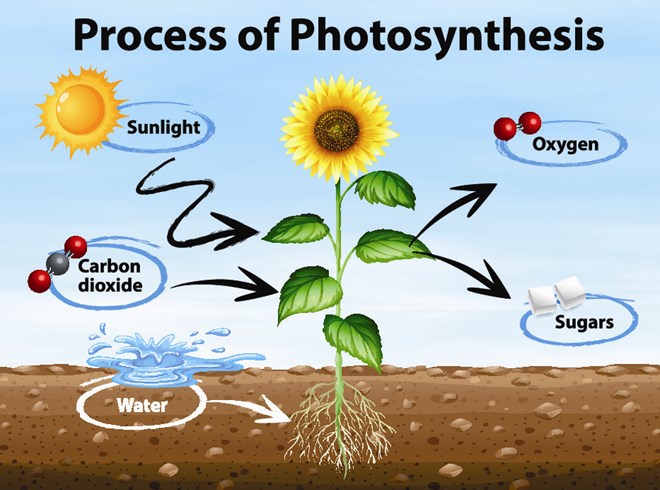
How does photosynthesis work?
The process can be summarised using the following equation:
6CO₂ + 6H₂O → C₆H₁₂O₆ + 6O₂
Light energy represented by the arrow is used to break apart 6 water molecules into Hydrogen and Oxygen.
Hydrogen obtained from the water bonds with the Carbon Dioxide molecules making Glucose.
The Oxygen is released into the environment.
How to investigate photosynthesis
We can use the Philip Harris SensorDisc™ data logger to study air pressure variation inside a closed system in which photosynthesis is taking place, using the air pressure sensor.
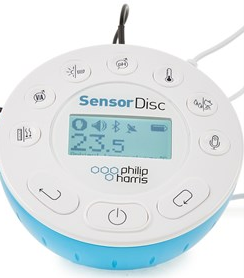
You will need
Philip Harris SensorDisc™ data logger
Air pressure silicon tube, supplied with SensorDisc™
Disposable syringe (100ml)
Extra clamp
100W bulb
Elodea aquatic plant, available from garden centres and aquatic stores
Method
Setting up the SensorDisc™
- Connect SensorDisc™ to your laptop or mobile device.
- Select the logger set-up window by clicking

- Select Air Pressure Sensor.
- Select 1/min as sample rate.
- Select 100 samples.
Setting up the equipment
- Take the piston out of the barrel of the syringe.
- Block the opening of the syringe whilst you place the fresh Elodea with 80mls of water inside.
- Insert the plunger back inside the syringe barrel and leave about 20ml of air in the syringe.
- Clamp the syringe at the bottom of the clamp stand as shown in the diagram below.
- Connect the air pressure tube between the syringe and the SensorDisc™ air pressure sensor port. DO NOT LET ANY WATER GO UP THE TUBE AND INTO THE SENSORDISC™.
- Clamp the SensorDisc™ at the top of the retort stand.
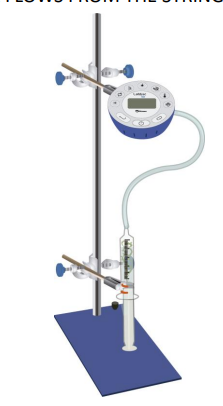
- Place the Lamp at a distance of 5cm away from the syringe.
- Start Measuring for 24 mins by pressing Run in the SensorDisc™ software by pressing

- Observe the plant and note down your observation.
- Press stop on the SensorDisc™ software when you have completed your measurements.
The procedure could then be repeated placing the light at different distances away from the plant in order to see how light intensity affects the rate of photosynthesis.
How can we infer that photosynthesis is really happening in the closed system?
It can be concluded that the plant is consuming Carbon dioxide and releasing Oxygen into the system, and the Oxygen released is the reason behind the increased air pressure in the system.
How can we know that gas is being produced as a product of Photosynthesis?
The plant can be seen to be producing bubbles that can be spotted in the water column, indicating that a gas was being produced. This gas could then be tested to identify it as Oxygen.
Get advice about photosynthesis experiments
If you have any questions about investigating photosynthesis with SensorDisc™, please contact our Technical Support Team via techsupport@philipharris.co.uk




